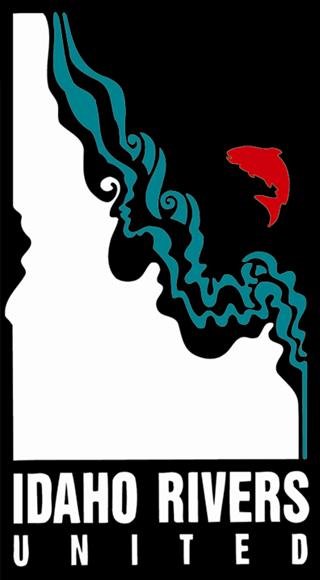One-sided media by Perpetua Resources
Kayakers look downstream on the South Fork of the Salmon River, which would be detrimentally affected by the Stibnite Gold Project. PC: Jacob Crist
The Forest Service released the supplemental draft environmental impact statement (SDEIS) for the Stibnite Gold Project for public review on October 28th, which contained three action alternatives for the project: the No Action alternative, the Johnson Creek Route alternative, and the Preferred alternative.
The difference between the Johnson Creek Route and Preferred alternative would be the routes utilized during the lifespan of the project. The Preferred alternative would entail construction on Burntlog Road in order to be used as the main route during mining operations. The Johnson Creek alternative would not involve road construction and would have Johnson Creek road be the main passage to the mine site.
Perpetua Resources was quick to release their letter page for people to use for their comments on the project. The Canadian mining company is encouraging people to write supportive comments for the Forest Service’s preferred alternative. Perpetua has created a plethora of letters for people to sign onto, all of which depict how well the project plan has “improved.” If you are not pleased by the first letter you come across, a new letter of similar approval for the site will appear just by clicking the refresh button on their company’s comment page.
However, the improvements that these letters portray are not completely accurate. In one of the pre-drafted letters, it is stated that:
“Perpetua also has proposed using Burntlog Road in order to keep vehicles away from precious waterways.”
This statement alone ignores the number of problems with using this route. The Burntlog route is in fact located along precious waterways. Burntlog creek runs along this road, which is eligible to be designated under the Wild & Scenic Rivers Act. These waters are home to cutthroat trout and bull trout, both of which are listed as threatened under the Endangered Species Act. With increased traffic and construction activity, the SDEIS states that water quality in Burntlog Creek may suffer from increased sedimentation. The sedimentation will harm the outstandingly remarkable value (ORV) that Burntlog Creek possesses for fish spawning habitat.
Furthermore, a segment of Burntlog road runs adjacent to the western boundary of the Frank Church River of No Return Wilderness (FCRNRW). This area is supposed to be protected and preserved of its natural conditions by the Forest Service under the National Wilderness Preservation System (NWPS). While this road does not cross the wilderness boundary, it does come within a mile from the protected area. However, the effects of this project will surpass that boundary line. For instance, the negative impacts from a hazardous spill along the road, increased noise levels from site operations, wildlife displacement, and disturbance to natural dark skies will all be consequences the FCRNRW would face with the close proximity of a mine site.
Multiple letters discussed how the project will help improve water quality and temperature on the site. While there are planned efforts to try and mitigate damage to water quality in the area, the letter omits the fact that the SDEIS found that the preferred alternative will have direct and permanent impact on water quality from new sources of mine waste. The temperature of waterways are also expected to increase due to the removal of vegetation in riparian zones over the 20-year lifespan of the project. These conditions are especially harmful to the already ESA-listed fish species in these waters. While water conditions are expected to return to baseline many decades down the road, it may be too late to reverse the damage that would be done.
Another short-sided perspective on the reclamation work that is supposed to be done on mine site addresses the sedimentation issues impacting the local watershed:
“The company will also solve sedimentation issues by repairing Blowout Creek.”
The sedimentation issues at this site are not isolated to Blowout Creek. This issue is and would be prevalent in all the waterways that interact with the mine and its roadways. The SDEIS points out multiple instances where sedimentation would be a cause for concern with the current Plan of Operations from Perpetua. Repairing blowout creek is a minor step in the right direction– not the holy grail plan to eliminate all sedimentation problems.
Each of these letters produced by Perpetua are examples of a blinded perspective on the “improvements” being made to the area. At IRU, we are diligently reading through the SDEIS to gain the whole story of the project and will be submitting comments by January 10, 2023.
Over the next few weeks IRU will be hosting webinars and workshops to provide resources for the public to help with writing their comments. As always, our goal is to protect these incredible waterways for all and to stop Perpetua Resources from destroying one of the most precious wild and critical habitats in Idaho.


